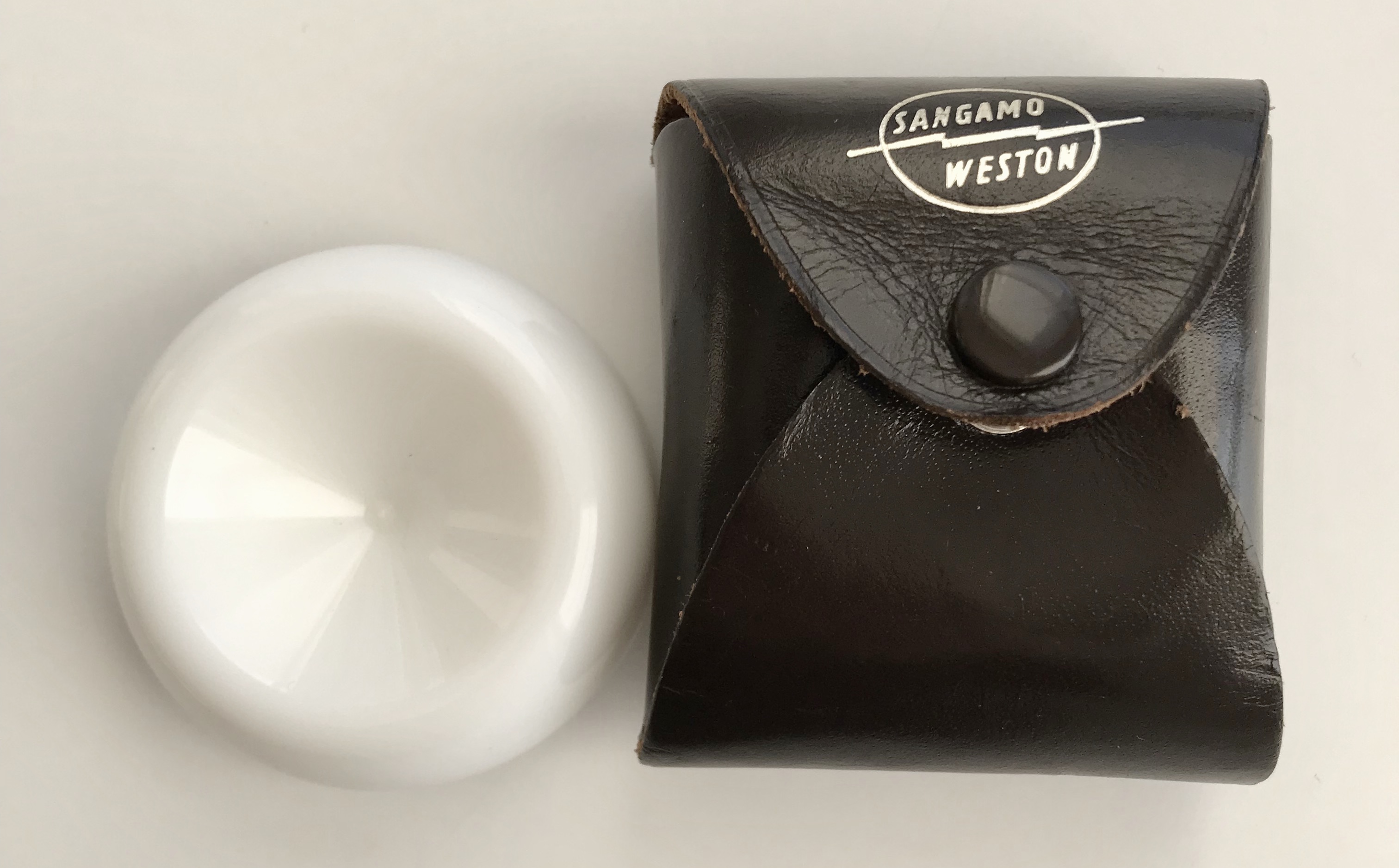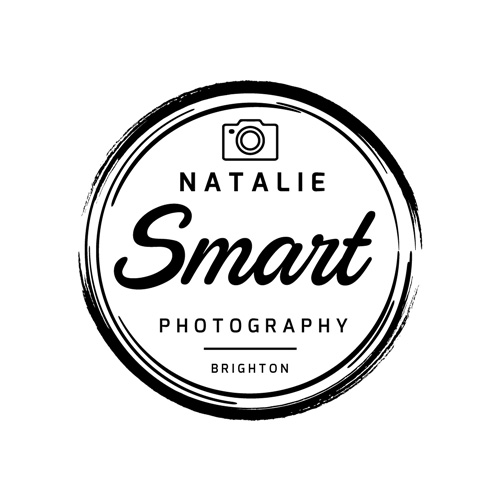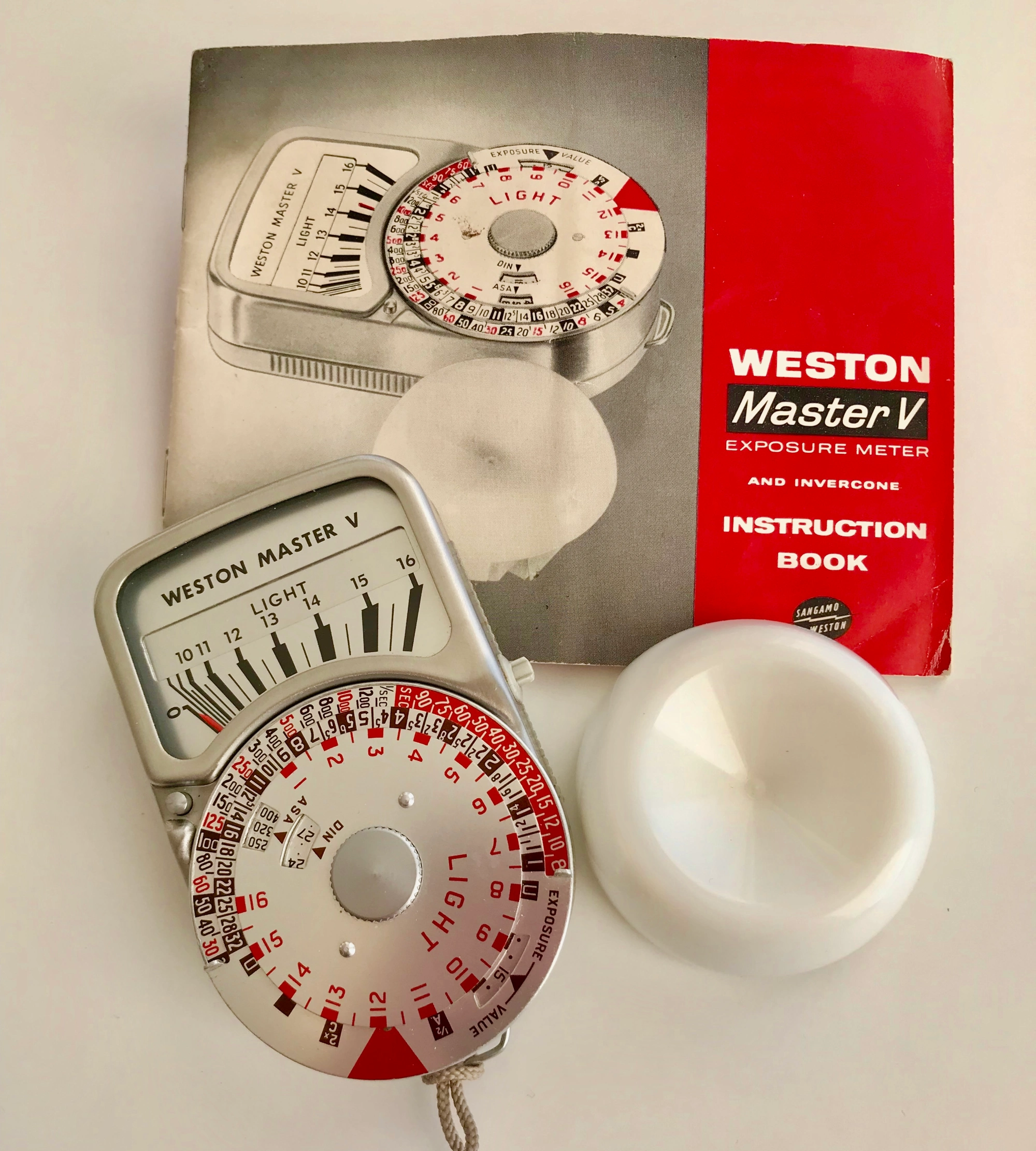When I was shooting a lot of my photos on 35mm film, most of my camera’s had a built in light meter or some form of light meter on them and I felt my photos exposed ok so I never felt the need to buy an external light meter.
Since I’ve been getting into medium format photography more, I knew at some point a light meter would be a good investment.
When I was using the Diana F+ medium format camera it had settings on the camera for sunshine, cloudy etc so I never felt the need to get one then either. Also, when I was using the Lubitel 166B, I pretty much went by the sunny 16 rule and would stop it down and change shutter speed by guess work depending on how cloudy or sunny the day was.
Once I knew that I was going to invest in a more expensive medium format camera, I felt it was essential for me to get a light meter so I could hopefully do the camera justice and get the best photos possible to my ability.
I really didn’t know where to begin when looking for a light meter. The choice to me was overwhelming!
The costs were also greatly different and I really wasn’t sure what make to buy or what to spend.
After researching light meters online, I felt I perhaps wanted to pay a bit more to ensure I got a better quality one and had in mind a budget between £80-£150 but I still wasn’t sure what to buy.
I also didn’t know if I wanted an electronic or manual one. Again, so much choice.
I was going to visit my local camera shop and have a chat with them about what would be best for me but as luck would have it, a fellow blogger had read one of my Lubitel posts and asked me if I had thought of investing in a light meter.
After having a chat with him, he suggested the Weston Light meter range. After looking into those light meters in more depth I did like the fact they were british made, looked of great quality, were nice and manual and also didn’t require batteries due to the selenium light cell.
These light meters appeared to have been mainly produced from the 1950s-1970s and I was a little concerned how accurate the reading would be today and if I would be better off buying a modern digital one.
However, my fellow blogger suggested a website called http://www.ian-partridge.com
Ian fully rebuilds, refinishes, and restores these old light meters with a new selenium cell.
I checked out the website and saw he had a variety of the light meters for sale. I knew from looking at them I would prefer a Weston IV or Weston V. I read some good reviews online about these particular models. I also liked how both styles looked.
To purchase one would cost me around £139.00 which was within the maximum budget I had in mind. I loved the fact they are fully restored so that gave me great confidence in how well they would work.
Before I decided to take the plunge and purchase one from the website, I decided to have a quick look at the Weston Master IV and V light meters on eBay.
I found several on there quite cheap but they obviously were old and hadn’t been restored so I was happy to pay more money for a refurbished one.
However, I was drawn to a particular one for sale on eBay which was the Weston Master V, as the seller stated that it had been refurbished back in 2014. He described it as being in excellent condition but he would only reveal who had refurbished it to the winning bidder.
This was all rather intriguing and I was really hoping, judging by everything that was included in the photos (manual and cases) that it was refurbished by Ian Partridge.
When I looked at the listing, a couple of people were bidding on the item and it was going for £10.50. I had looked at it on a Sunday and the listing was actually ending that evening!
I decided to take a punt and put in a last minute bid of around £60. I ended up winning the light meter for £31.15 with postage.
The light meter arrived with the original restoration paperwork and it was refurbished by Ian Partridge! I was over the moon!
The light meter looked shiny and brand new and felt of amazing quality in my hands and had a lovely weight to it.
I wasn’t sure how to use this light meter but since the manual was provided, I quickly learnt what I needed to do to make best use of it.
I first used it with My Hasselblad last week and in my previous blog I provided photos of what I took. I was really happy that the light meter seems to work perfectly as I was very happy with the exposure of the photos.
I feel extremely lucky that I was able to pick up an amazing light meter for a great price that will hopefully last me for years to come.
Here are some close ups of the light meter and invercone with their cases:


On a final note, I would like to say thank you to my fellow blogger, 35mm Film Shootist, for all his help on this.


Great article. Good to hear you got a classic piece of kit and in sub great condition.
What does the cone do?
LikeLiked by 1 person
Thank you 😊 the invercone gives an accurate incident light meter reading. The inverted cone shape is designed so that the meter is angled at the light source. The readings remain accurate which they would not do if it was a dome shape.
LikeLiked by 2 people
Ah ok cool
LikeLiked by 1 person
What a lovely vintage tool. So wonderful that yours is restored and ready for decades of good service.
LikeLiked by 1 person
Thanks Jim. It’s great 👍
LikeLike
Wow what a bargain! Looks great too and yes definitely seems to be working properly, loved your Hasselblad photos 😊
LikeLiked by 1 person
Thank you 😊
LikeLike
I was brought up using these meters, it was the lightmeter of choice at the time. If anything many photographers in the 1970’s to 80’s scoffed at the meters from Gossen, Minolta and Sekonic in the 1980’s because they where electronic and relied on batteries. 1987 I couldn’t afford a Weston so I got a Soviet Leningrad 8 lightmeter. Cheap, plastic but used a selenium photocell, a Russian copy of a early Gossen meter, it served me on and off for thirty years.
The other year when I finally purchased the same model as Natalie has from Ian Partridge to use with my Leica. Weston meters are simple, easy to use, no battery needed and best of all give years of service. I know this all to well as my dad has his father’s Weston Master II which were made between 1945-1955 and this one was purchased in the early 50’s and still accurate today.
LikeLiked by 1 person
This was very interesting to read. Thank you 😊
LikeLike
I owned one in the past, Great piece of history, I’m pretty sure it will make you more than happy…
best and happy shooting,
LikeLiked by 2 people
Thank you 😊I’m really enjoying using it 👍
LikeLiked by 1 person
Very interesting reading this. In early 1960’ I worked as a professional photographer covering weddings and commercial work etc. I used a Zeis Ikon 120 size film camera together with a Weston light meter and invercone. It was so reliable and easy to use and never ever let me down in turning out great wedding photographs with perfect exposures. Now considering getting a Zeis Ikon and Weston V meter to do some black and white photography. Did all my own developing and printing then all in b&w which I think is hard to beat. Happy memories.
LikeLiked by 2 people
Wow, what an amazing job you had 😃 It really is a great light meter. I use it all the time with my Hasselblad. There is something very satisfying and magical about developing my own black and white prints in the darkroom. With your photography skills I bet you’d take some great photos if you got that camera again. It’s such great fun to do. All the best on your future photography adventures 👍
LikeLike
I’ve used the Weston Master meters since 1976 when I bought my first 35mm SLR camera, a Pentax S1a.
This was a Weston IV with the slide switch. I used this later with a Rolleiflex (1933) and in 1985 with a Leica 111 (1941) Unfortunately, it had failed by 2007 when I acquired a pair of Leica M3 and lenses so I visited Jacobs in Sheffield and bought a Master V with case and two Invercones for £50. I’d started working professionally by then and, given the places I was travelling to, simply could not have anything battery dependent. I still use this gear. However, I now use a pair of Leicaflex cameras from the mid 1960s that have dud meters. Of course, if they worked, the correct battery has not been available for 30 years or so (1.35v mercury oxide cell) I’m delighted that Ian Partridge repairs and sells these meters, they are a British product sold around the world that we are all very proud of. They are not affected by cold. Around 15 years ago, a guy I had been at uni with arrived at my cottage one very cold winters day with his Canon A1. He had been walking along the river bank half a mile from me, tried to take a shot and there was nothing. No display, nothing. The Canon A series had no manual speed in case of battery exhaustion. Nikon FE, FA, FE2, F3, FM3A all had a single speed – 60 or 90. Canon, no. So I popped his camera atop the old wooden chimney piece 2 feet from the ceiling and made a pot of coffee. When I’d fixed him up with something to warm him up inside I took the camera down. Looked through and pressed the button and the red numbers lit up. Of course, it was the cold.
Do not get this with Weston Master and the cell is immune from being affected by different colours.
I might get a IV from Mr Partridge come pension day. All the best and let the light be with you. TM.
LikeLiked by 1 person
Although I don’t have a television set, I do enjoy watching my partners when I weekend with him. A Weston Master V with correct lanyard, just like yours Natalie, made a sensational appearance in a Midsomer Murders episode entitled “Picture of Innocence “. An elderly guy using a tripod mounted Rolleiflex was taking a photograph of a tree. He dropped his meter, someone crept up behind him and strangled him with the lanyard.
Earlier he had been using a Leica M3.
LikeLiked by 1 person
excellent issues altogether, you simply received a new reader. What could you suggest about your post that you made some days in the past? Any sure?
LikeLiked by 1 person